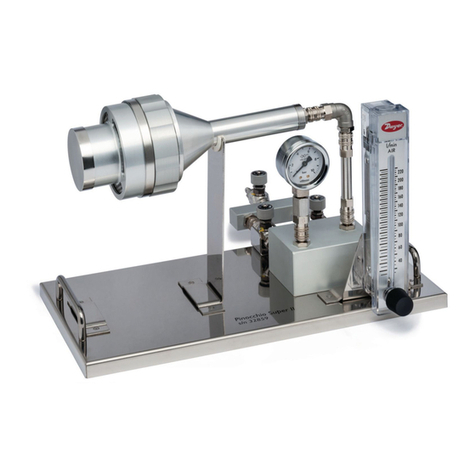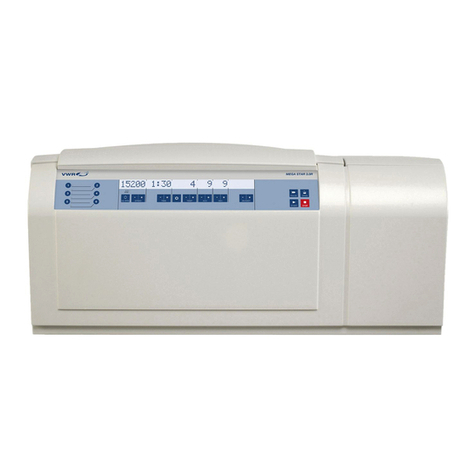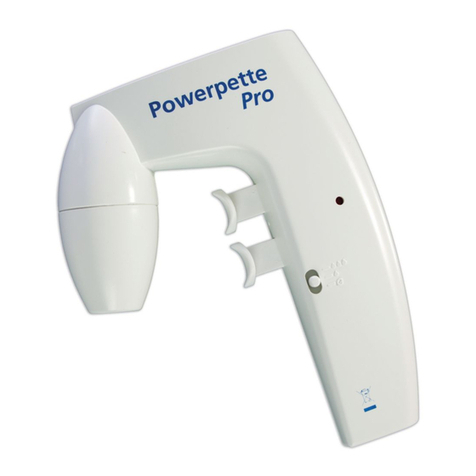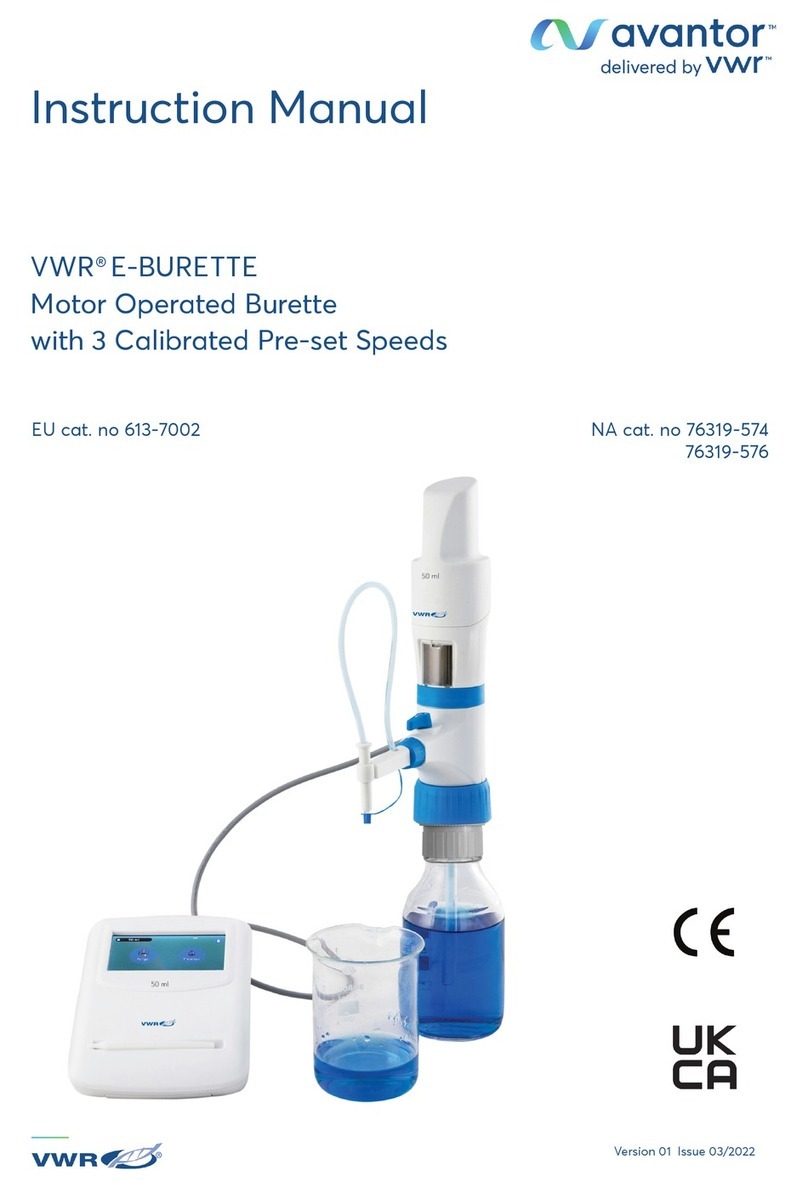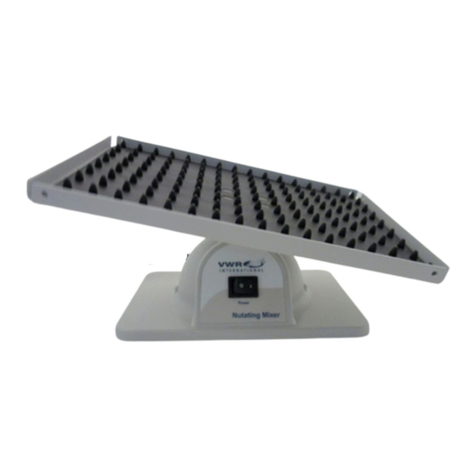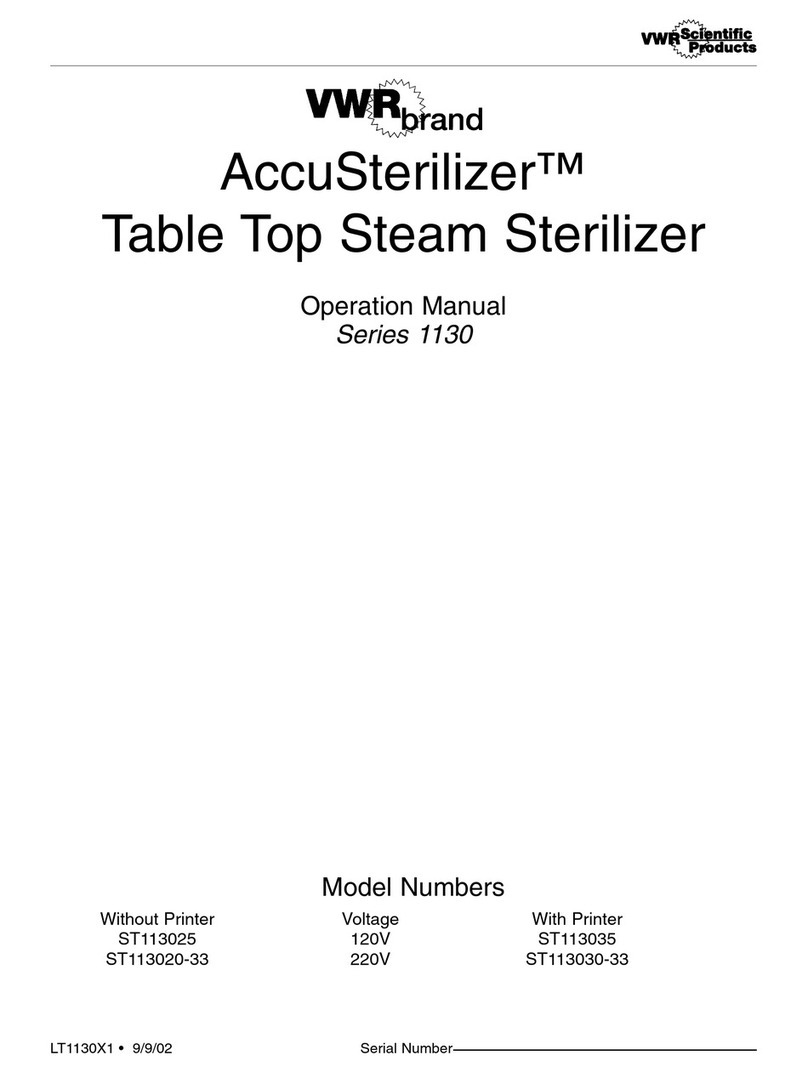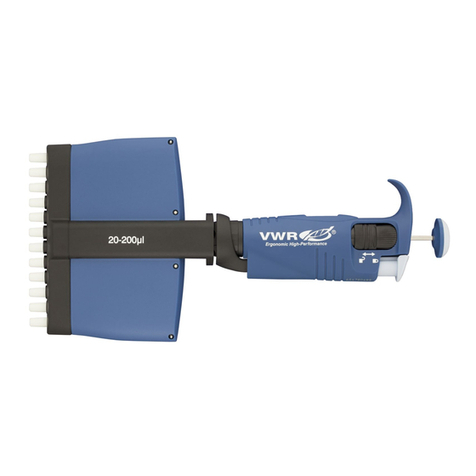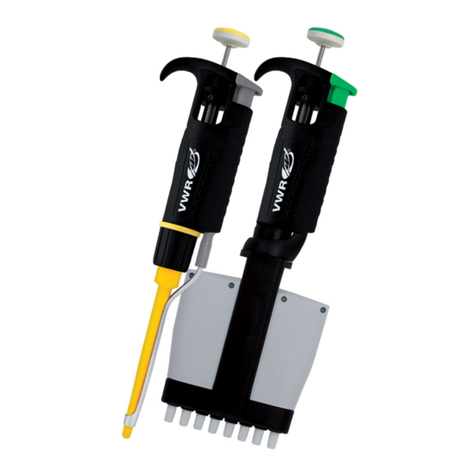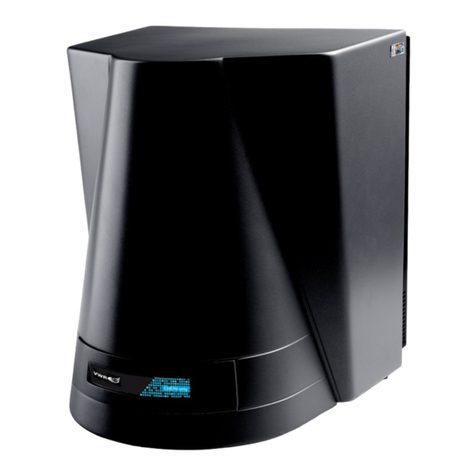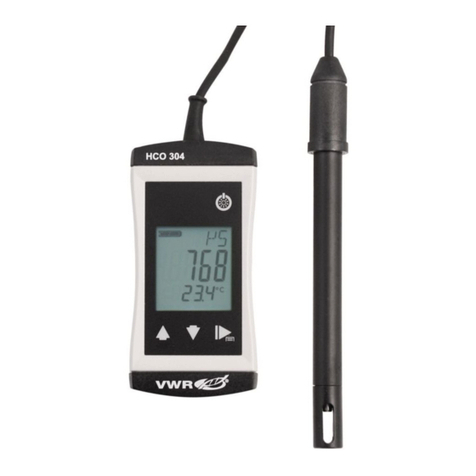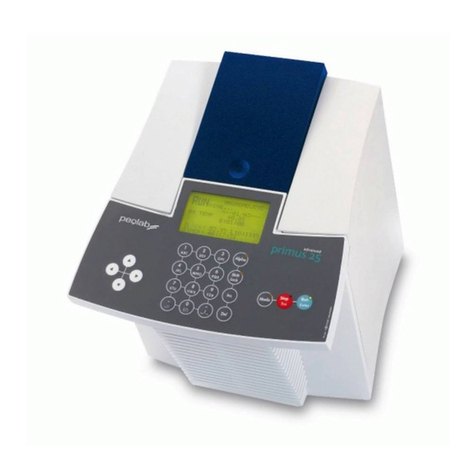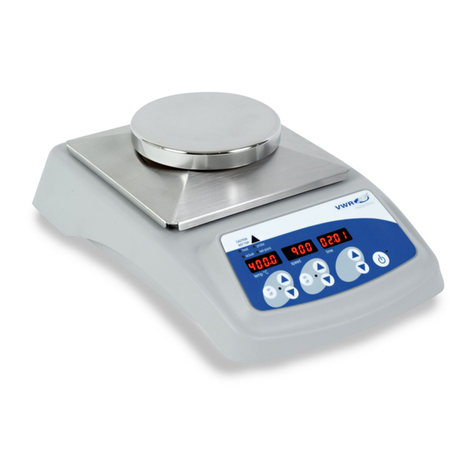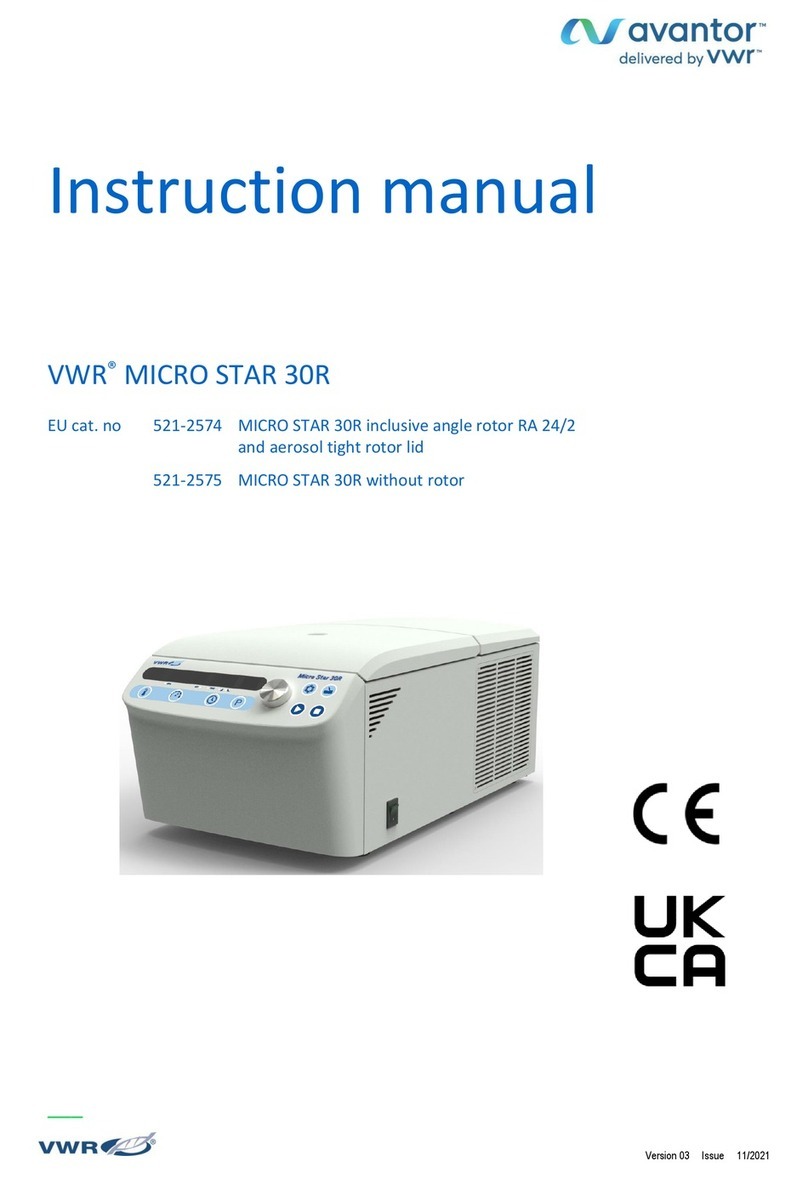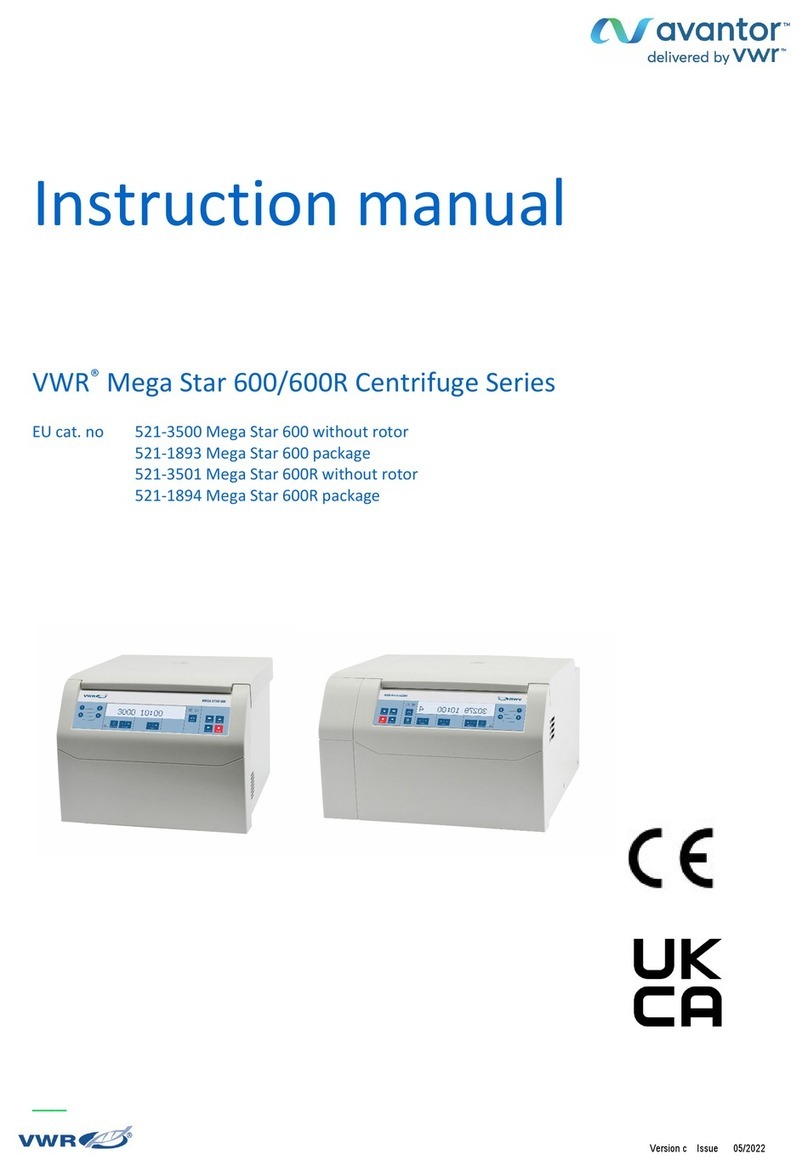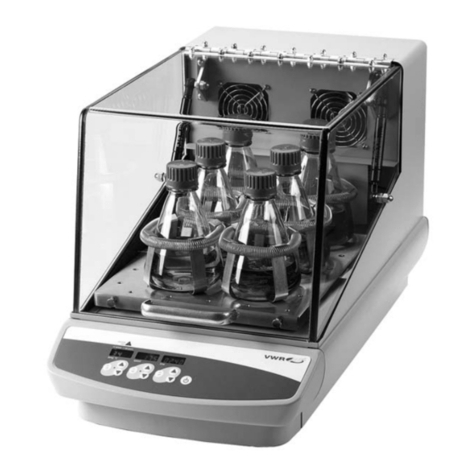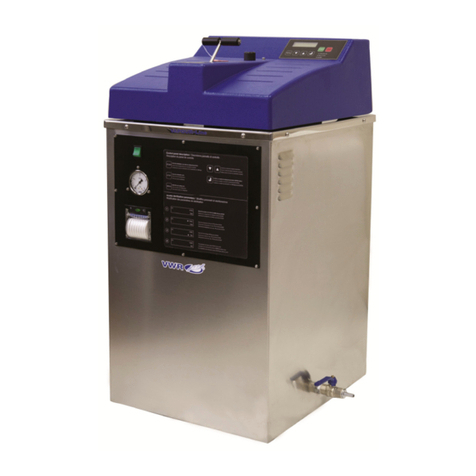6/ 22
•The glass evaporating flask may not be heated on one side. The rotating evaporating flask
must rotate at the heating phase.
•The glass assembly’ design pressure tolerance is 10mbar. The venting valve (see the part of
“Testing”) must be opened before heating and once again after cooling. When performing vacuum
distillation, the steam must be condensed before release or released safely.
If the residue after distillation is likely to be decomposed when exposed to oxygen, please add
only gas for stress release into it.
•Warning! Please be careful be avoid the formation of peroxides, as the decomposition of
peroxides accumulated in the distillation process might result in explosion.
Please protect any liquid forming peroxides from ray of light, especially ultraviolet irradiation.
Please be careful to examine formation of any peroxides before distillation and to remove the
peroxides if any. Many organics are easy to form peroxides, such as methoxypyridine, diethyl
ether, dioxane, tetrahydrofuran, unsaturated hydrocarbostyril, such as tetrahydronaphthalene,
diene, isopropylbenzene, ketone and solutions of the aforesaid substances.
•Warning! The heating bath, heating medium, evaporating flask and glass assembly might
become hot in the operation process and remain hot for a while after stop of the operation! Before
further operation, please let each part cool down.
•Note: be careful to avoid boiling delay! When the instrument is not started up and rotated,
never heat the evaporating flask! Sudden appearance of foams or gases indicates that the
medium inside the evaporating flask begins decomposing. Please immediately shut down the
heating bath and lift the evaporating flask above the heating bath, keep the surrounding danger
area well ventilated and inform surrounding personnel.
•Note! When the evaporating flask rotates, never operate the instrument. Before the motor is
started up, please lower the evaporating flask down to the heating bath, otherwise the boiling
heating medium might splatter.
•When operating the instrument, if necessary, please reduce the motor speed to prevent the
medium in the heating bath from splattering.
•When operating the instrument, never touch any rotating parts. Due to the instrument or
fabrication problems, the instrument might be unbalanced, possibly damaging the glass assembly.
When imbalance or abnormal noise occurs, please immediately turn off the instrument or reduce
the rotation speed.
•In case of powering on after power failure, the instrument will not automatically be started up.
•The power supply to the instrument will be disconnected only when the instrument is turned
off or the power plug is pulled off.
•The power socket must be easy to operate.
•The actual supply voltage must be consistent with the voltage specified on the instrument’s
nameplate.
•The power socket must be grounded.
•To prevent possible infiltration of outside liquid, moving parts must be mounted in place.
•Ensure the instrument and its accessories are protected from extrusion and collision.
•Only professional repairman may open the instrument.
